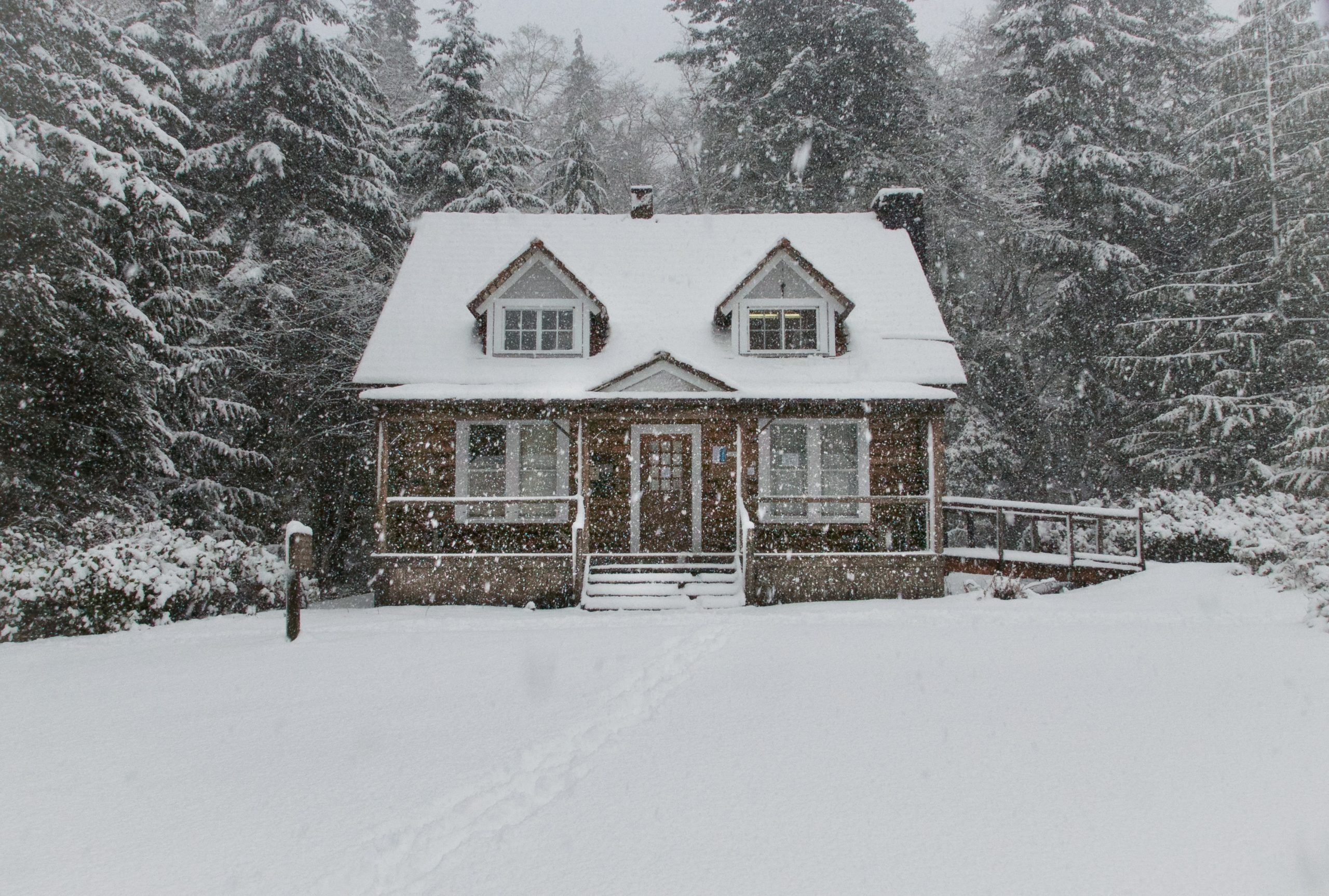If walking up to your second floor in the winter feels like you’re entering a sauna, you’ve probably asked yourself this question more than once. When you’re the one paying the bill, having a home that has uneven temperatures can be frustrating.
Fortunately, there is something you can do! Let’s walk through why your second floor is hotter than the first floor, and what you can do about it.
Why the Second Floor is Hotter
Physics is not your friend here. Hot air is lighter than cold air, so unfortunately, basic physics is the key factor as to why your second floor is warmer than the first.

Your second floor is also closer to the roof of your home. Your roof absorbs a lot of heat as the sun bakes it each day, even during the coldest winter months. All this warmth naturally moves through the roof, attic, and eventually, the second floor of your home.
Your home’s imbalanced temperature may also be a symptom of incorrectly installed ductwork. Suppose the ducts are not performing as well as they should. It could be because they were not installed optimally to ensure efficient distribution of heat.
What to do about it.
Fortunately, dressing in layers in your own home to accommodate the changing temperature isn’t something you have to live with. Here are nine ways you can combat this annoying temperature difference in your home.
Block the Sun
If the upstairs is too hot during the day, reduce the amount of sunlight coming through the windows. Solar gain can create a surprising amount of heat and can easily be counteracted by closing blinds, shutters, or curtains. You can even find UV blocking or heat blocking blinds for your upstairs spaces to reduce the amount of solar gain in those rooms.
Improve Insulation
Your attic insulation is vital to ensuring even temperatures in your home in both the summer and winter months. Better insulation will decrease the amount of air lost through your attic and save you money and headache when trying to heat and cool your space evenly.
Change Air Filters
Your air filters’ job is to clean the air as it passes through your heating and cooling system. While doing this, they get clogged with dirt and dust and other nasties that we’d rather not be in our air.
If your air filters are not changed regularly, this debris can cause many heating and cooling problems. Not only could it make your system work harder and cause more wear and tear, but it could also affect its ability to heat your home effectively. If you’re noticing your heating system working harder than it should be, try changing your filters.
Fan Setting on Thermostat
Your heating and cooling system works with two kinds of fans: return vents and air vents. Air vents push air into the room and either heat or cool it. Return vent pulls air through into them to keep the air circulating throughout your home.
On your thermostat, there is a fan setting. Switching this setting to “on” instead of “auto” will keep your furnace fan running all the time. This will keep the air moving through your home and encourage more evenly heated spaces, especially on your home’s upper floors. The return vents will grab that hotter air and distribute it all around the house even when the furnace isn’t running.
Close Some Vents
Go around the upstairs of your home and check how many supply vents are open. While you don’t want to close all the vents, partially closing a select few can help the furnace push more heat to the other spaces in your home.
Ceiling Fans
Similar to attic fans, ceiling fans can help push hotter air from the ceiling down to the floor. When winter rolls around, take a minute to check that all your ceiling fans rotate in the correct direction. In the summer, you want the fan pushing air down. In the winter, you want the fan to pull air up. Now when they are on they will force the hot air down to keep the space warmer. 
Hire Professional
If everything seems to be working as it should but you’re still having troubles, you might want to consider hiring a professional. When they check, they can see if something isn’t working right or needs to be upgraded. Then they can get you back to an evenly heated home.
Consider “Zoned Systems”
A zoned HVAC system can come in many shapes, forms, and types, but they all have the same primary function. Zoned systems can create specific temperatures for different areas of the home. For example, you could get so detailed that one room of your home is set to 68 degrees while another is set on 74 degrees.
When looking into fixing a second floor that is too hot, this can be a great solution. Having the ability to turn your upstairs down while bumping up your first floor could even out the temps throughout your home in a more effective way.
Keep in mind that this could be a more considerable investment than the other solutions we discussed.
Feeling like you’re walking into a refrigerator when you go downstairs for your morning coffee can be an uncomfortable way to start your morning. However, these tips and tricks could help fix that problem and create a more evenly heated home.


